
Most museums you'll visit are extremely hands-off - and for good reason. Preserving historical collections is no easy feat - there are entire boards of trustees that help to manage heritage sites, there are fire teams who are trained in how to handle the most valuable assets in emergencies, and even the slightest change in storage conditions can seriously degrade certain artifacts. So when museums take a look-but-don't-touch approach, that's why.
The UK's National Video Game Museum isn't like that.
In fact, Sheffield's NVM is like stepping back into the arcades of old, allowing you to play the games and hardware it's helping to preserve. Nowadays, arcades are seldom found if they don't offer you cocktails on your way in the door, especially in the UK. Personally, I think this is why the NVM is such a great site to visit - it understands that the unique sense of communal enjoyment that arcades offer is an important part of gaming history. In fact, it's arguably as important as the games and technology.
The NVM has that shared experience in the air - it's something I feel in abundance during a recent visit. Collecting a star or two in Super Mario 64 while a mother shows her daughter Sunshine for the first time on the console next to me feels like a tangible and poetic way to revisit one of my earliest gaming memories.
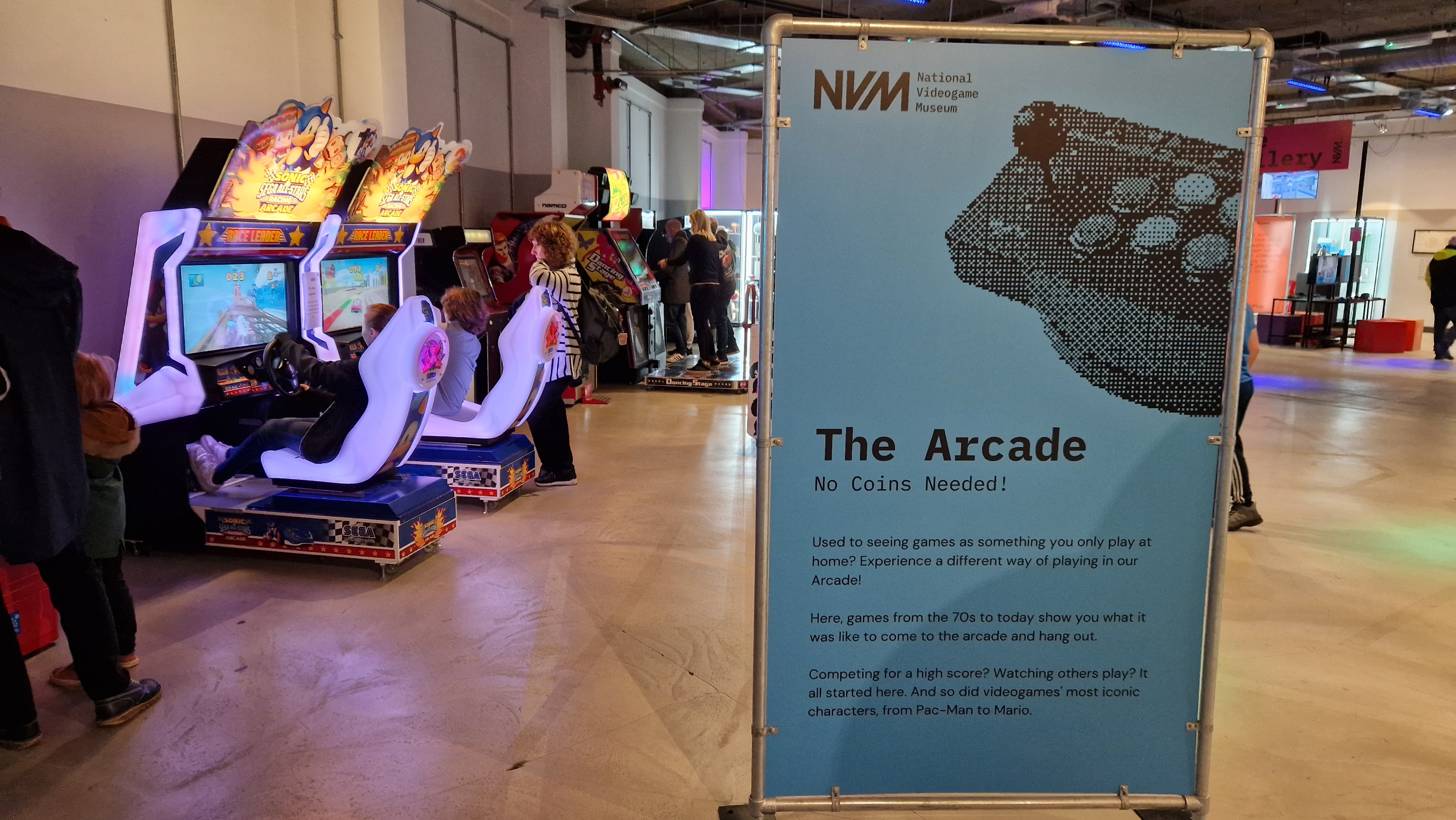
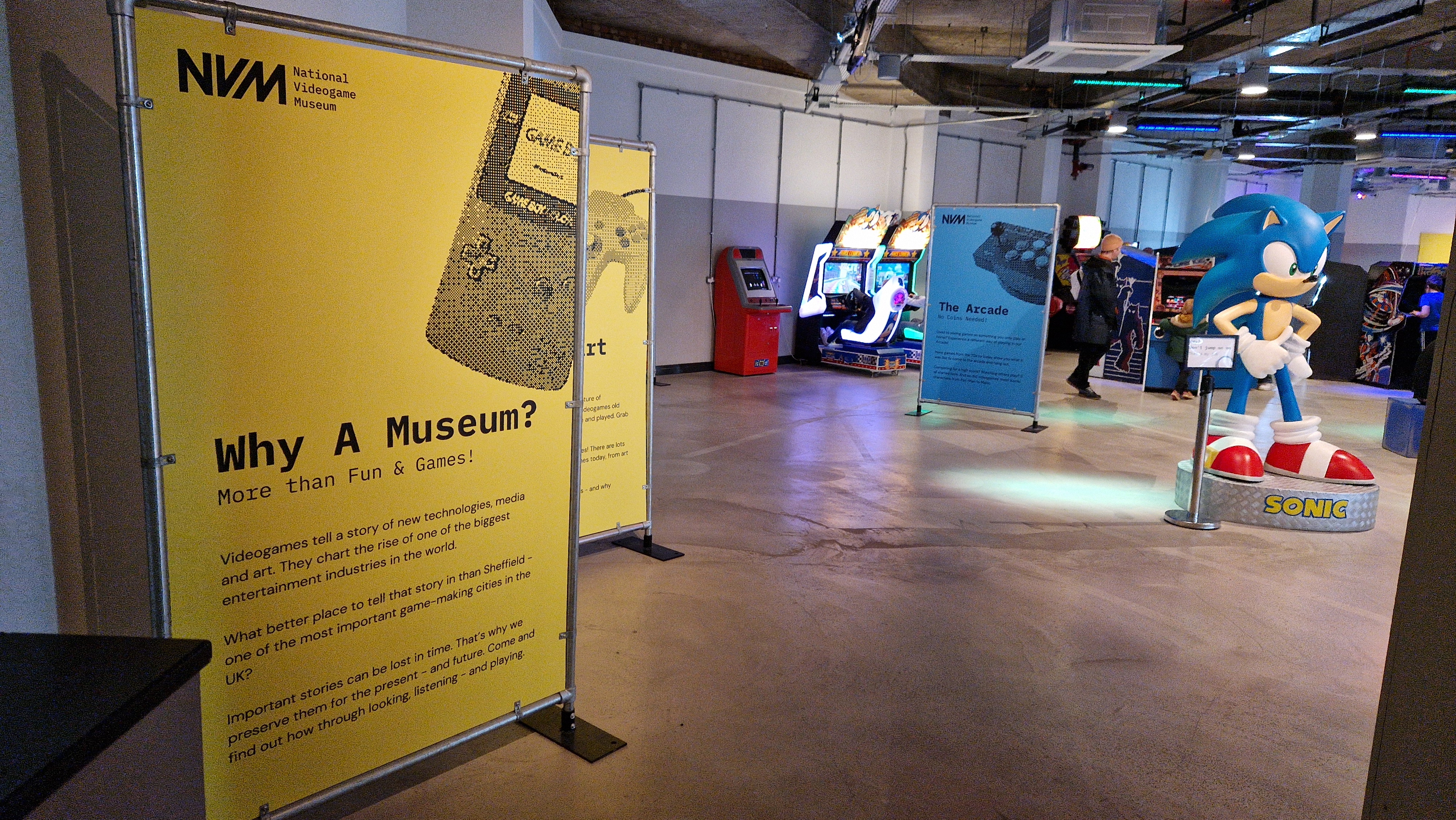
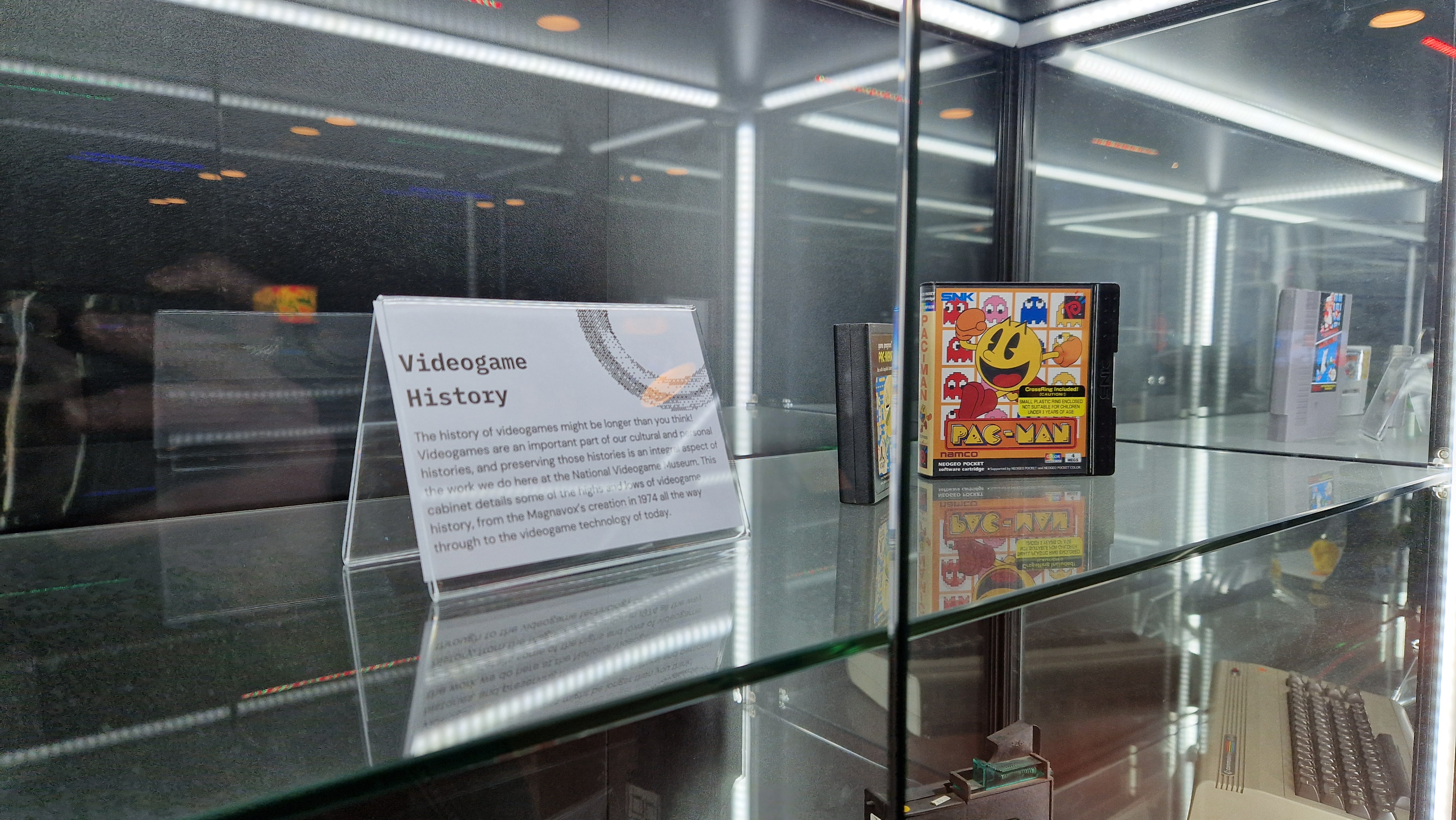
Visiting with my girlfriend who works in the heritage industry, however, I do have a knot in my stomach. How many controllers in this collection need repairing, and how often? How many of the displayed consoles need regular cleaning and maintenance? Should we even be touching any of this storied memorabilia without pristine white gloves on? The hands-on approach this museum takes is incredible, but it must make hardware preservation an absolute nightmare.
"So many of our exhibits are playable, or involve some hands-on engagement", says John O’Shea, Creative Director and co-CEO at the National Videogame Museum.
"For our visitors, this means they can expect not only to look at examples of older games systems, but to actually play on an original Space Invaders Arcade Cabinet from 1978, and program a BBC Micro Computer from a similar era.
"In museum terms, these are called “working objects” - and our curatorial and technical team members work hard to keep these objects in good working order for every visitor to enjoy. But, of course, over time maintenance and repair are required, so we only present original technologies in this way where we are confident spare parts (and knowledge and skills to repair) can be readily on hand", he tells me.
Of course, not everything in the exhibition hall can be played with. There are a number of glass cabinets housing the finer points of the collection. Rare prints of games, disassembled hardware, and collector goldust like the Magnavox Odyssey - the first commercially available home console from 1972. There are even a few cabinets that made my collection of the best PC controllers look amateur. John tells me these are kept under lock and key except for special collection open days. The team even has to limit light exposure for some of these things to preserve their original appearance.
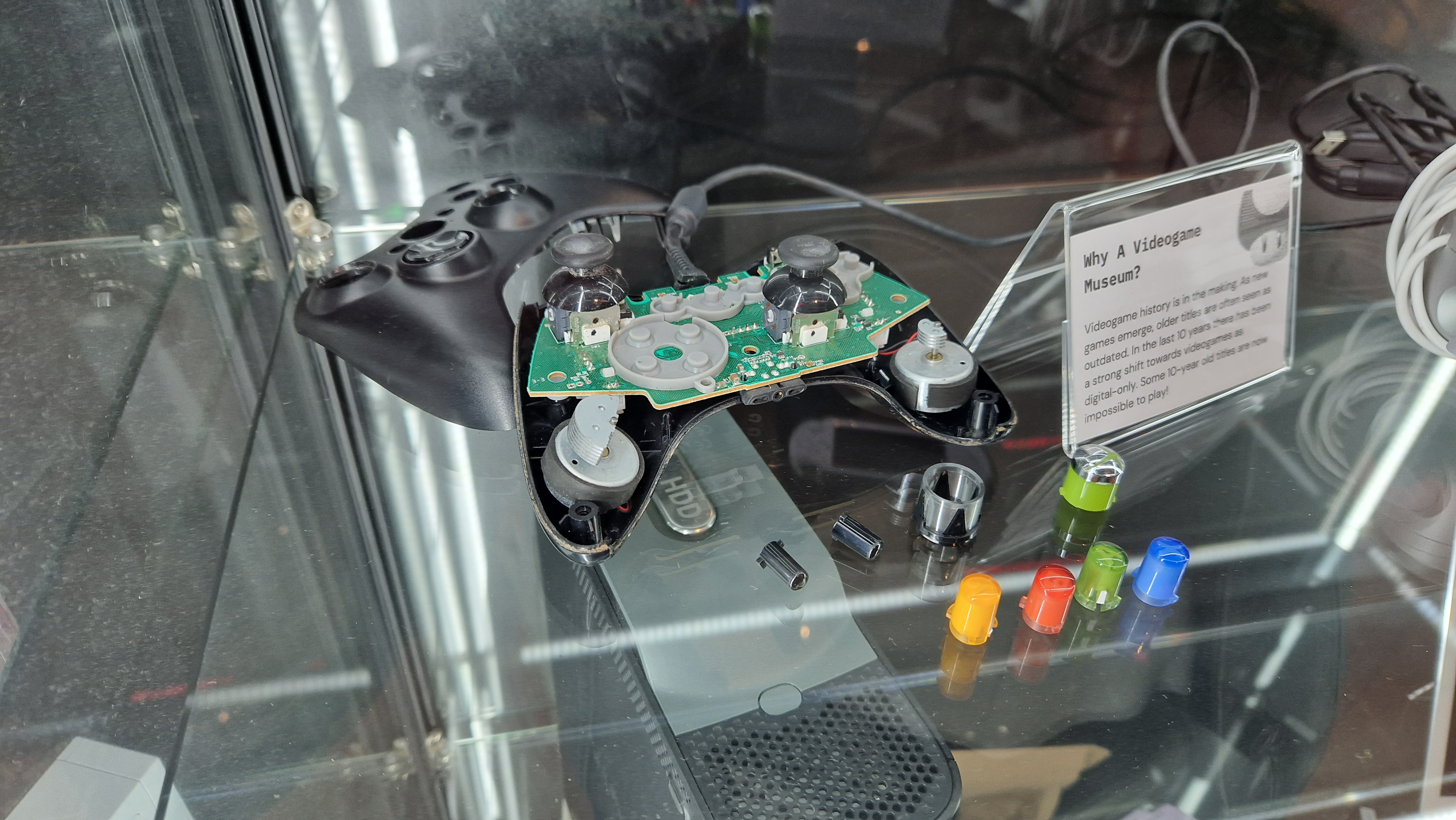
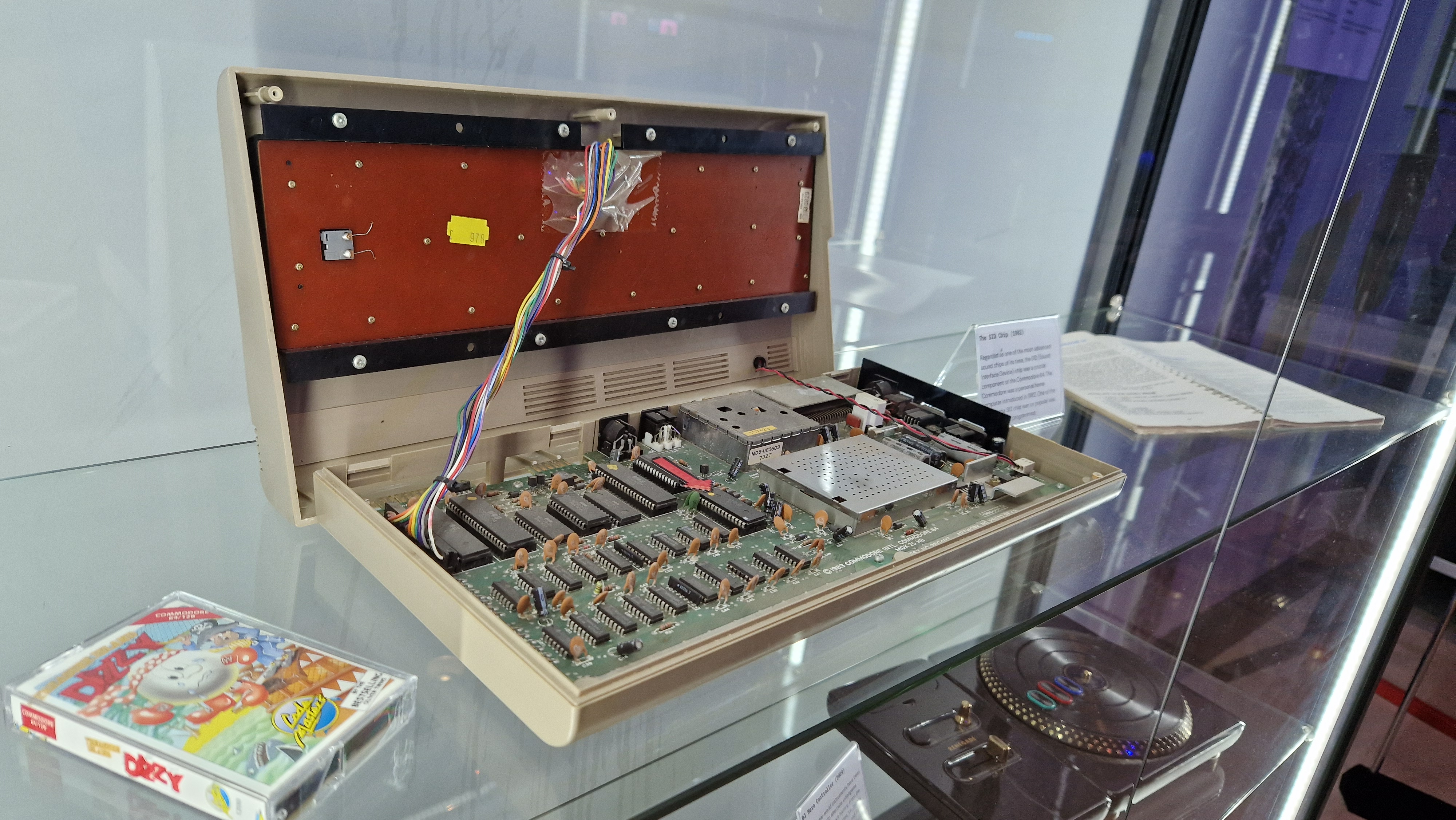


But to John, the museum itself, and its team of enthusiastic staff, that arcade-like approach to preserving hardware doesn't seem negotiable: "What we share with the traditional videogame arcade is the expectation that these experiences are not the same as you will have at home, and there is a buzz and sense of excitement from lots of people playing and exploring videogames together", O'Shea says.
"But we also want to think about other environments where videogames are played - in the home, or during the commute on our phones - and how videogames in themselves can be types of digital social spaces."
This is something I think the NVM gets so right - especially since there can still be a stigma that somehow being glued to one of the best gaming handhelds on a train makes you anti-social. Admittedly, this aging gamer reputation seems to be disappearing thanks to live streaming, online gaming, and massive platforms like Discord showing we're actually a social bunch. Still, it's nice to see that the NVM understands that gaming has always been a social activity.
Preserving the digital age

But of course, history is constantly being written, and as I play Viewfinder on one of the museum's best gaming PCs, I'm particularly interested in the NVM's approach to preserving the current video game era. A digital-only future seems a daunting prospect for a heritage site like this. Everything I've discussed to this point becomes nigh-on impossible if games don't enter a physical plane of existence. With massive AAA publishers exclaiming that gamers need to get comfortable with not owning the games they buy, the future doesn't seem bright for preservation.
"Without a guaranteed system of back-ups, this revisiting becomes very difficult if not impossible", John tells me. "Not only is this very sad, it actually represents a fundamental loss of important cultural material from our time.
"With game makers increasingly moving to digital-only distribution (with all the advantages of reduced transportation costs, no need for packaging etc) and more recently limiting game availability through virtual access to their servers on a subscription model, the challenge of preserving games for the future becomes even more difficult.
"I think addressing the problems above will require international collaborative effort between major museums, the games industry, governments, and the gaming community", O'Shea pleads.
"If we think about something as simple as a published book, authors in the UK are legally required to send a copy of their published book to The British Library to keep as a record for the public - I think we need a system like this for videogames," the co-CEO argues.
Levelling up
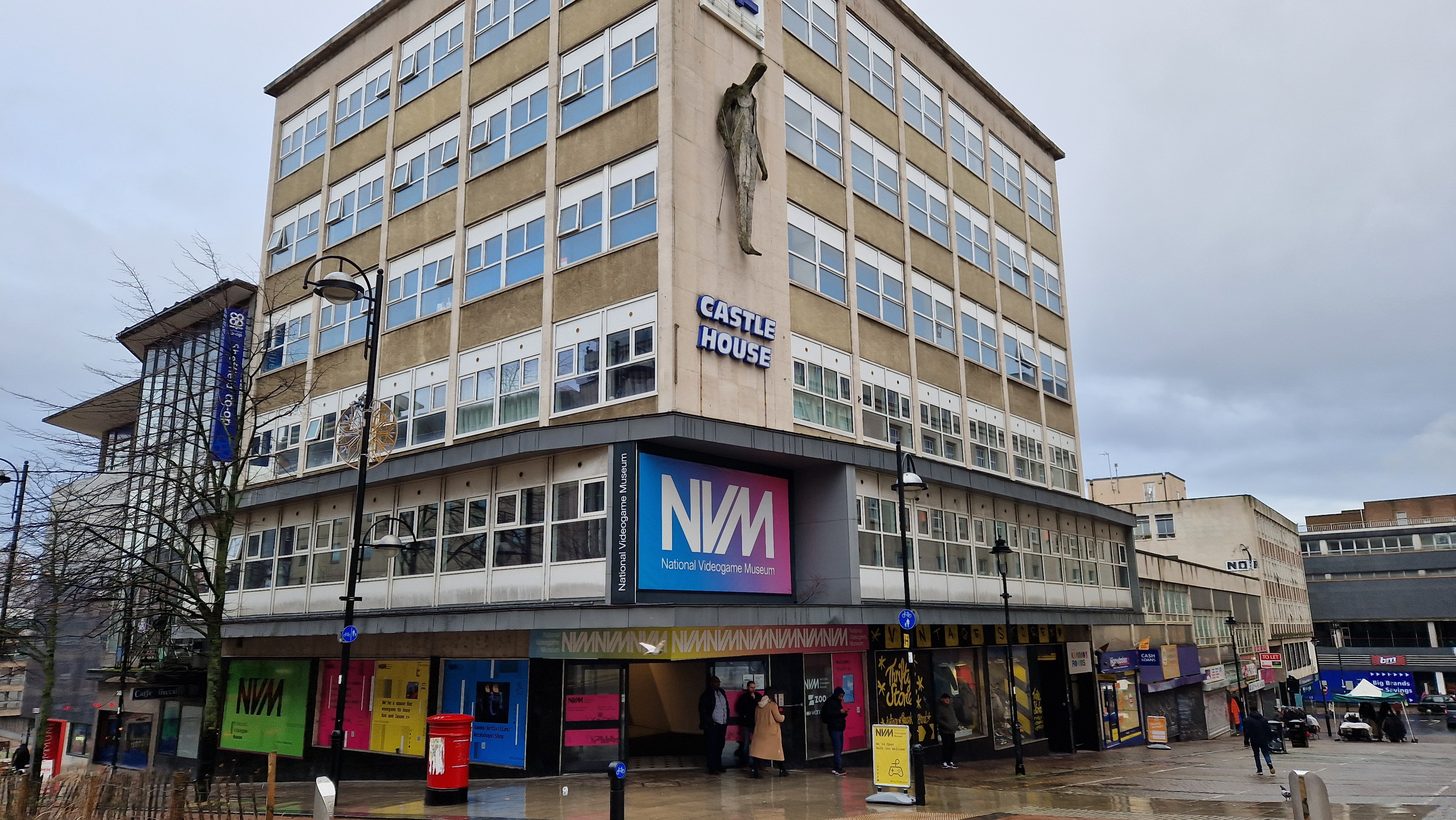
Luckily, with museums like Sheffield's NVM becoming more recognized, we may be able to shift the current convention. The site is undergoing its Accreditation process, which essentially ensures that museums are properly run for the long term. This also helps the museum to catalog its collection and makes sure it's accessible for everyone, researchers included. In more general heritage terms, it gives the museum an official seal of approval.
Like all museums, the collection Sheffield's museum has is much bigger than the exhibition floor allows for. One of the NVM's friendly staff members informs me during my tour that only a small margin of the total collection is on display at any one time (John later confirmed to me that it's around 10%, which is fairly common for museums). While some might argue more space is needed, this actually means backups are present, things are preserved well, and the exhibits are always in rotation.
"We can rotate and refresh exhibits regularly: when visitors return they are often surprised to see new objects being presented", O'Shea says.
"Over the last year, supported by the National Lottery Heritage Fund, we have been creating an inventory of all of our (more than five thousand!) objects.
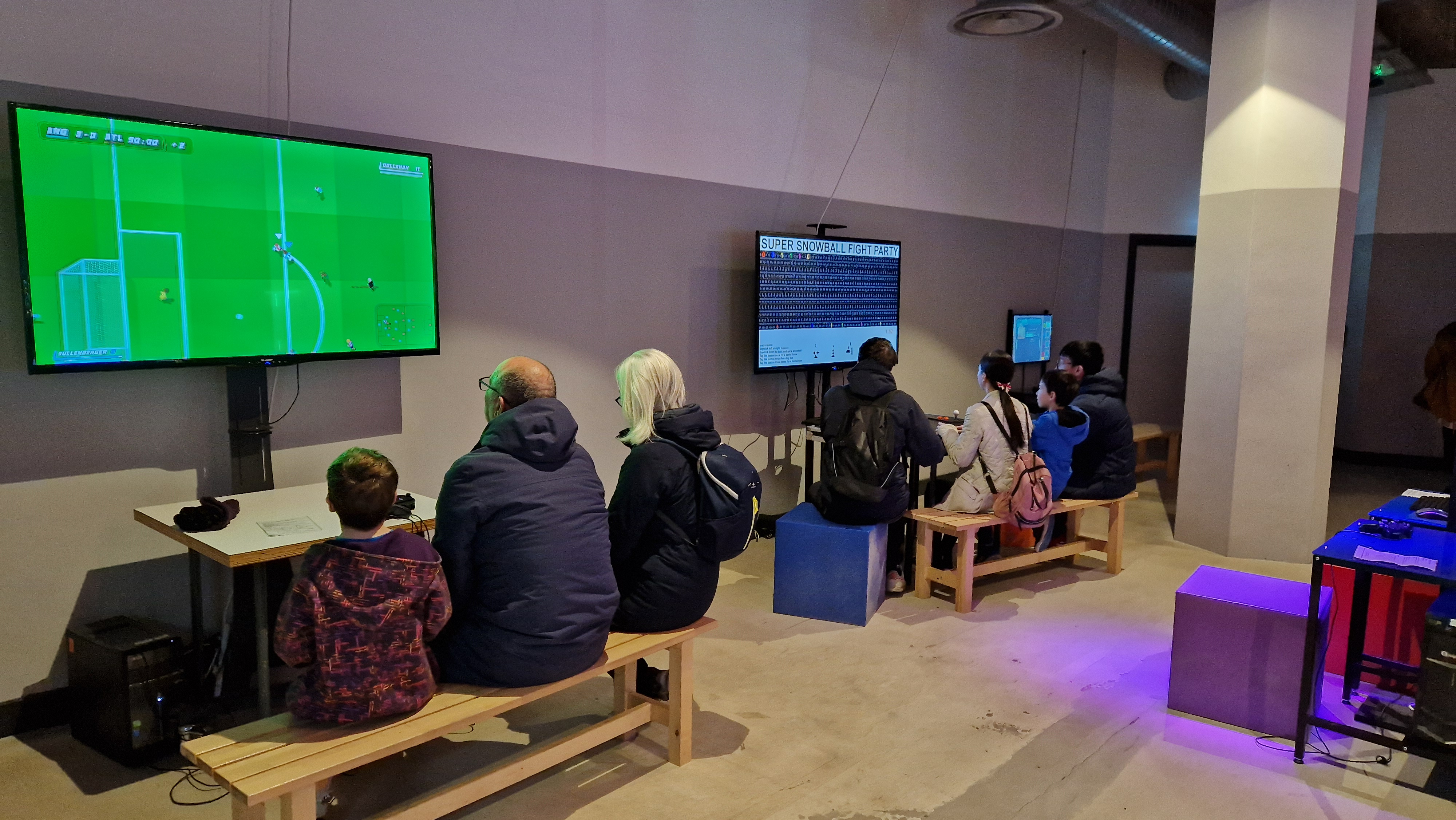
"New items can require specialized ongoing maintenance, and in rare instances (eg with older television screens) can contain hazardous materials, all of which needs to be managed extremely carefully to ensure safety for our team and our visitors. As you can imagine, holding and caring for such a large and varied collection (including electronic hardware and digital materials as well as paper packaging, and all the cables and peripherals associated with each system) is an expensive and ongoing cost."
Like any museum, balancing those costs as a non-profit requires help from donors. The NVM is governed by a parent charity, the BGI, and as such, can accept donations from corporations and individuals alike. It runs programmes and festivals supporting young people to get their start in the video game industry too, which is a lovely way to safeguard future generations of developers.
More than anything else though, John says that the best way to support the site is by visiting.
Looking to collect more of your own technology? Check out the best VR headsets, the best gaming laptops, and the best gaming TVs.







